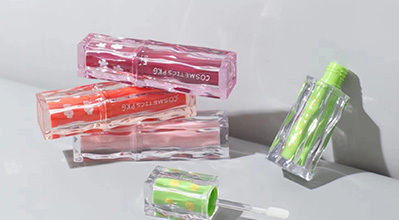Plastic: The Hidden Dangers and How to Navigate Them
Release time:
2025-08-22
Explore the essential tips and precautions for handling plastic safely in your daily life.
The Ubiquitous Plastic: A Double-Edged Sword
Ah, plastic! It's everywhere, isn't it? From the water bottle you're sipping on to the packaging that holds your favorite snacks, plastic is an undeniable part of modern life. But hold on a second! With great convenience comes great responsibility. So, let's dive into some essential tips to keep in mind when dealing with this versatile material.
Understanding Plastic Types
First off, did you know that not all plastics are created equal? You've probably seen those little recycling symbols on the bottom of containers, but what do they mean? Here's a quick rundown:
- Polyethylene Terephthalate (PET) - Commonly found in drink bottles, it's usually safe for single use.
- High-Density Polyethylene (HDPE) - Often used for milk jugs and detergent bottles, this one's relatively sturdy.
- Polyvinyl Chloride (PVC) - Not so friendly, especially when heated; better to keep it away from food.
- Low-Density Polyethylene (LDPE) - Found in grocery bags, this plastic is generally safe but not widely recycled.
- Polypropylene (PP) - This is the go-to for food containers; it's microwave-safe and resistant to heat.
- Polystyrene (PS) - Think Styrofoam; it's lightweight but can leach harmful chemicals.
- Other - This category can include anything from acrylic to polycarbonate, and it's a mixed bag.
The Dangers Lurking in Plastic
Whoa, let's not sugarcoat it! Many plastics can release harmful chemicals, especially when exposed to heat or sunlight. Ever heard of BPA? Bisphenol A is a notorious culprit that can mimic hormones in the body. So, here's the lowdown: avoid heating food in plastic containers, especially in a microwave—better safe than sorry!
Best Practices for Plastic Use
Now that we're aware of the potential risks, what can we do about it? Here are some handy tips:
- Choose Wisely: Opt for glass or stainless steel whenever possible. They may be a tad heavier, but your health will thank you!
- Check Labels: Always look for BPA-free labels when buying plastic products.
- Don't Reuse Single-Use Plastics: They're not designed for multiple uses, and that can lead to bacterial growth.
- Keep it Cool: Store food in the fridge rather than the microwave if it's in plastic.
- Recycle Right: Make sure to follow local recycling guidelines to minimize waste.
The Impact of Plastic on the Environment
Yikes! Plastic waste is a major environmental issue. Did you know that millions of tons of plastic end up in oceans every year? Sea turtles mistaking plastic bags for jellyfish is a tragic reality. So, every time you use plastic, think about its journey. Could it end up harming marine life? It's a good idea to reduce plastic usage whenever possible.
Making a Change
So, what can you do to make a difference? Start small! Bring your own reusable bags to the store, say no to straws, and opt for products with minimal packaging. Every little bit helps, folks!
In Conclusion
Plastic, in all its forms, is a part of our daily lives, but being mindful of its usage is crucial. By taking a few simple precautions and making conscious choices, we can protect ourselves and the environment. So go ahead, be plastic-smart!





